
Introduction
Al₂O₃ ceramic balls are mainly composed of alumina. Depending on the content of alumina, they can be classified into different types. Common ones include low-alumina ceramic balls (with an Al₂O₃ content of 23%) and high-alumina ceramic balls (with an Al₂O₃ content of around 90%). Besides alumina, to improve the performance of ceramic balls, a small amount of fluxing agents or other additives such as titanium dioxide (TiO₂) and yttrium oxide (Y₂O₃) may also be added. The following mainly discusses issues related to inert alumina ceramic balls.
Chemical Composition
| Al2O3+SiO2 | Al2O3 | Fe2O3 | MgO | K2O+Na2O +CaO | Other |
| > 92% | 23-26% | <1% | <2.5% | <4% | <1% |
The role of Al₂O₃
Why is the content of Al₂O₃ emphasized in Al₂O₃ ceramic balls? What role does it play?
Firstly: The Al₂O₃ in ceramic balls can stabilize the crystal structure, thereby enhancing the strength of the ceramic balls.
Secondly: A high content of Al₂O₃ implies a relatively lower impurity content, resulting in less impact on the reactor.
Finally: In Al₂O₃, the aluminum atoms and oxygen atoms combine through a mixed bond type of covalent bonds and ionic bonds, forming a very stable crystal structure. This strong chemical bond makes Al₂O₃ have a high bond energy, requiring a large amount of energy to break these chemical bonds, thus making Al₂O₃ difficult to undergo chemical reactions in general chemical environments and demonstrating good chemical stability.

Dimensions and Specifications
The dimensions and specifications of Al2O3 alumina ceramic balls are as follows: 3mm, 6mm, 8mm, 10mm, 13mm, 16mm, 20mm, 25mm, 30mm, 40mm, 50mm.
Applications
Catalyst Carrier: In the catalytic cracking and hydrogenation refining processes of petroleum refining, al2o3 (aluminum oxide) ceramic balls serve as catalyst carriers, providing a large specific surface area and stable support for the active components, enabling the catalyst to function better, improving reaction efficiency and selectivity.
Reactor Packing: Al2O3 (aluminum oxide) ceramic balls are used in various petrochemical reactors, such as fixed bed reactors and fluidized bed reactors, to evenly distribute gases and liquids, and promote gas-liquid or gas-solid contact, which helps to improve the mass and heat transfer efficiency of the reaction and ensure the stable progress of the reaction.
Desulfurization and Denitrification: In some petrochemical tail gas treatment processes, al2O3 (aluminum oxide) ceramic balls are used to adsorb and remove sulfur oxides and nitrogen oxides and other pollutants in the tail gas, helping to purify the tail gas and reduce environmental pollution.



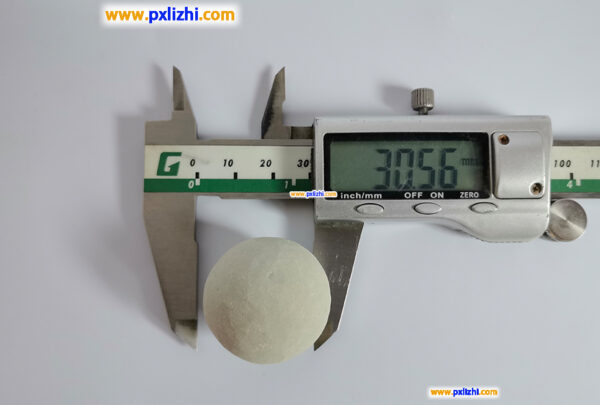
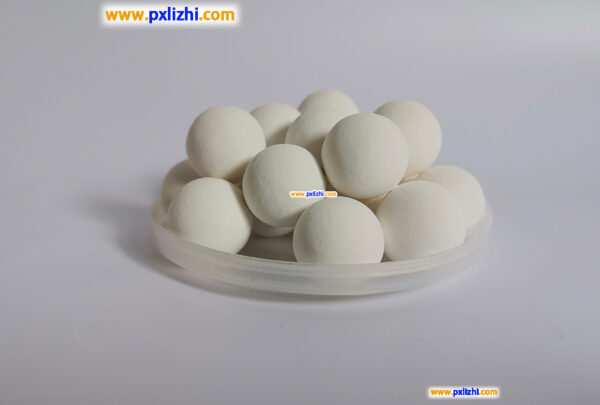
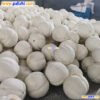
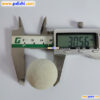

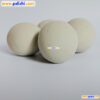
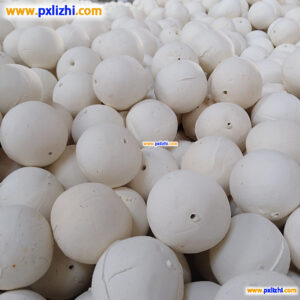
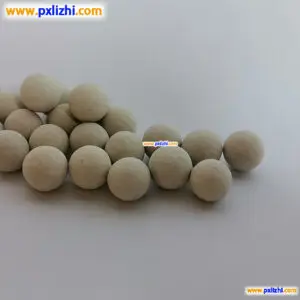


Reviews
There are no reviews yet.